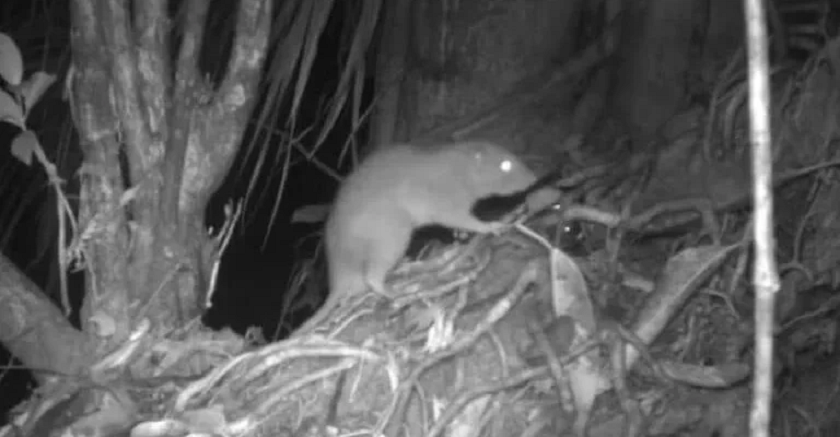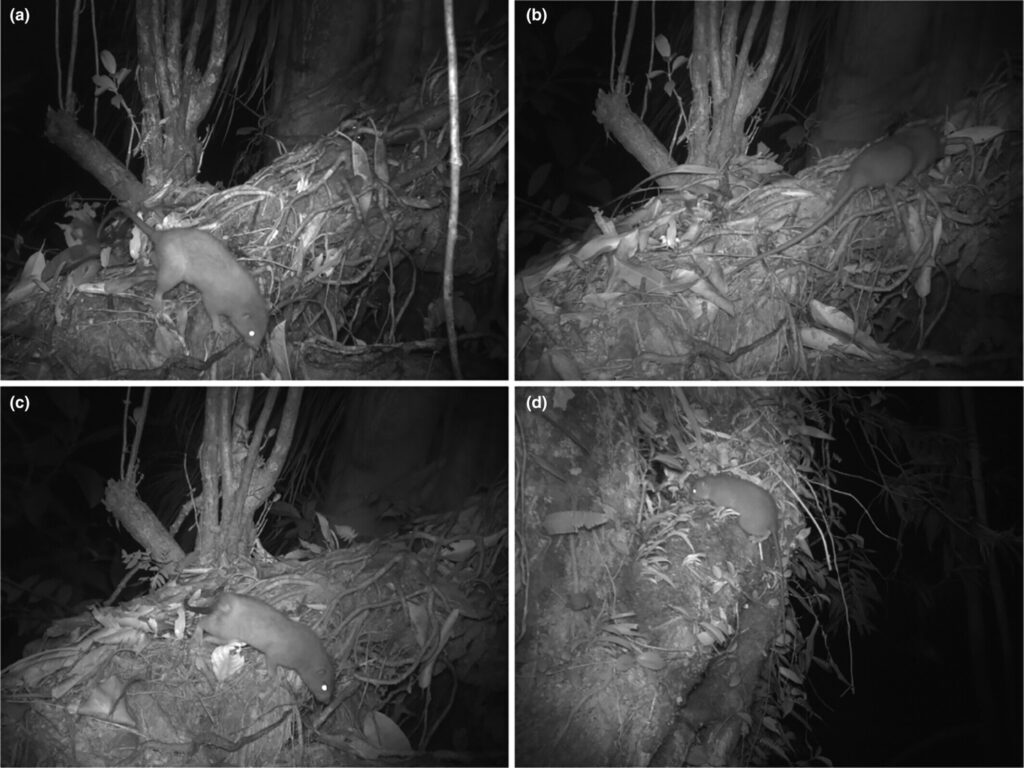
A team of Zaira rangers, a mammologist from the University of Melbourne, and a college professor from the National University of the Solomon Islands have taken the first and only photographs of the rare Wangunu giant rat.
In their project, which is reported in the journal Ecology and Evolution, the group set camera traps with the advice of local residents and studied the images to identify the animals.
For many years, locals living in the Solomon Islands have told stories of large rats that climb trees and open coconuts with their teeth. Since rats had not been studied by scientists, it was not known whether rats were a unique species or even if the stories were true. In 2017, a team of researchers from the Field Museum in Chicago traveled to the islands to find out the truth.

They were able to observe several rats and even capture one and collect skin samples, which they took to Chicago. Observations have shown that the rats probably weighed an average of 1 kilogram and were up to 45 centimeters long, about three to four times the size of normal brown or black rats. After analyzing the DNA on the skin sample, the team found that the rat did indeed belong to a previously unknown species – they named it Uromys vika.
The Chicago team was unable to capture any rats on film, forcing them to create illustrations of rats, which are the only images available to scientists to study so far. For this new study, the research team set up several photo traps in locations recommended by locals on Wangunu Island. Their experiment was successful: the team managed to take 95 images of rats, which, after analysis, showed that there were four individuals.
The researchers suggest that their efforts may have come at a good time, as it appears that the rats are likely to disappear within a few years due to logging that is destroying the only place they live.

